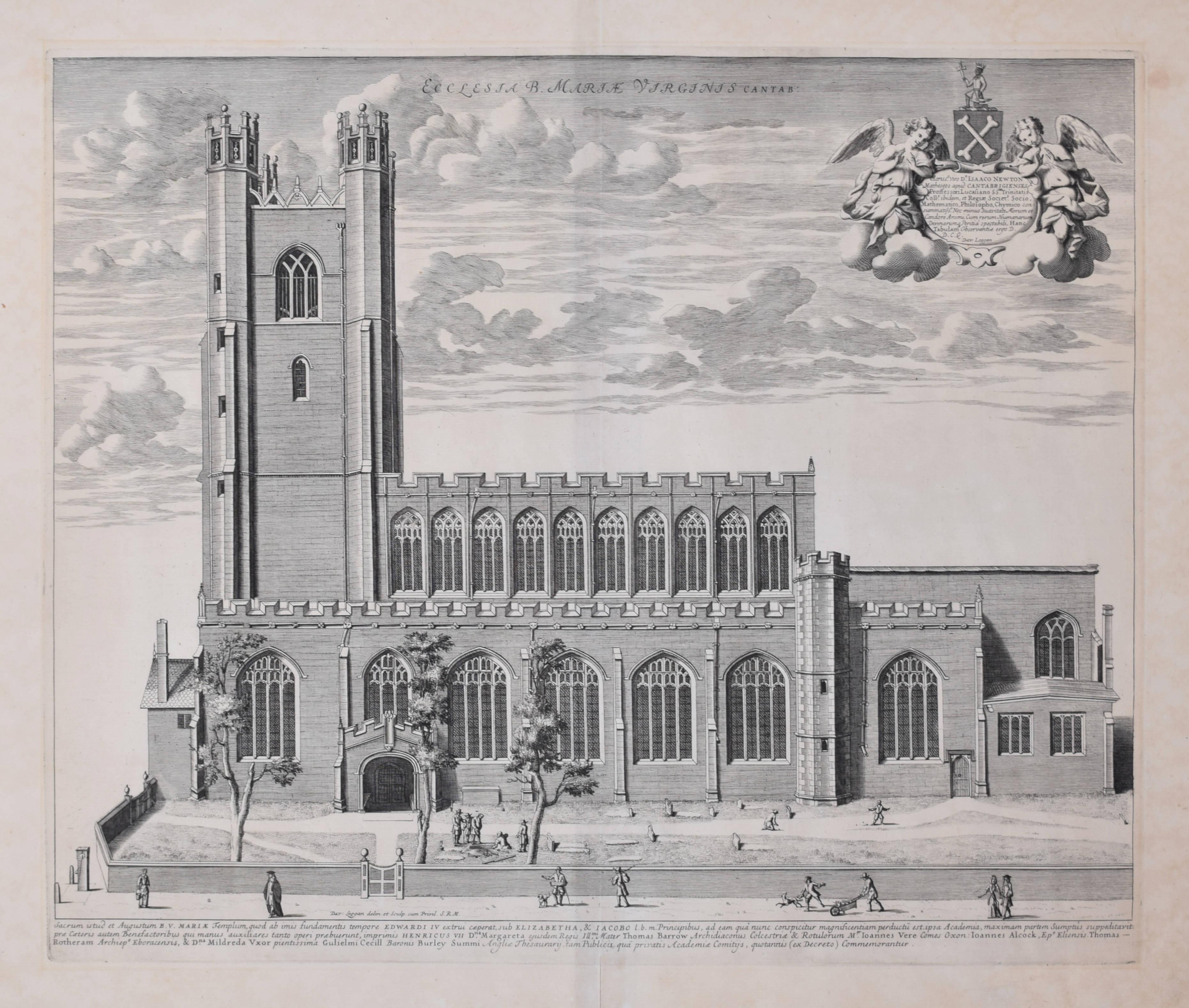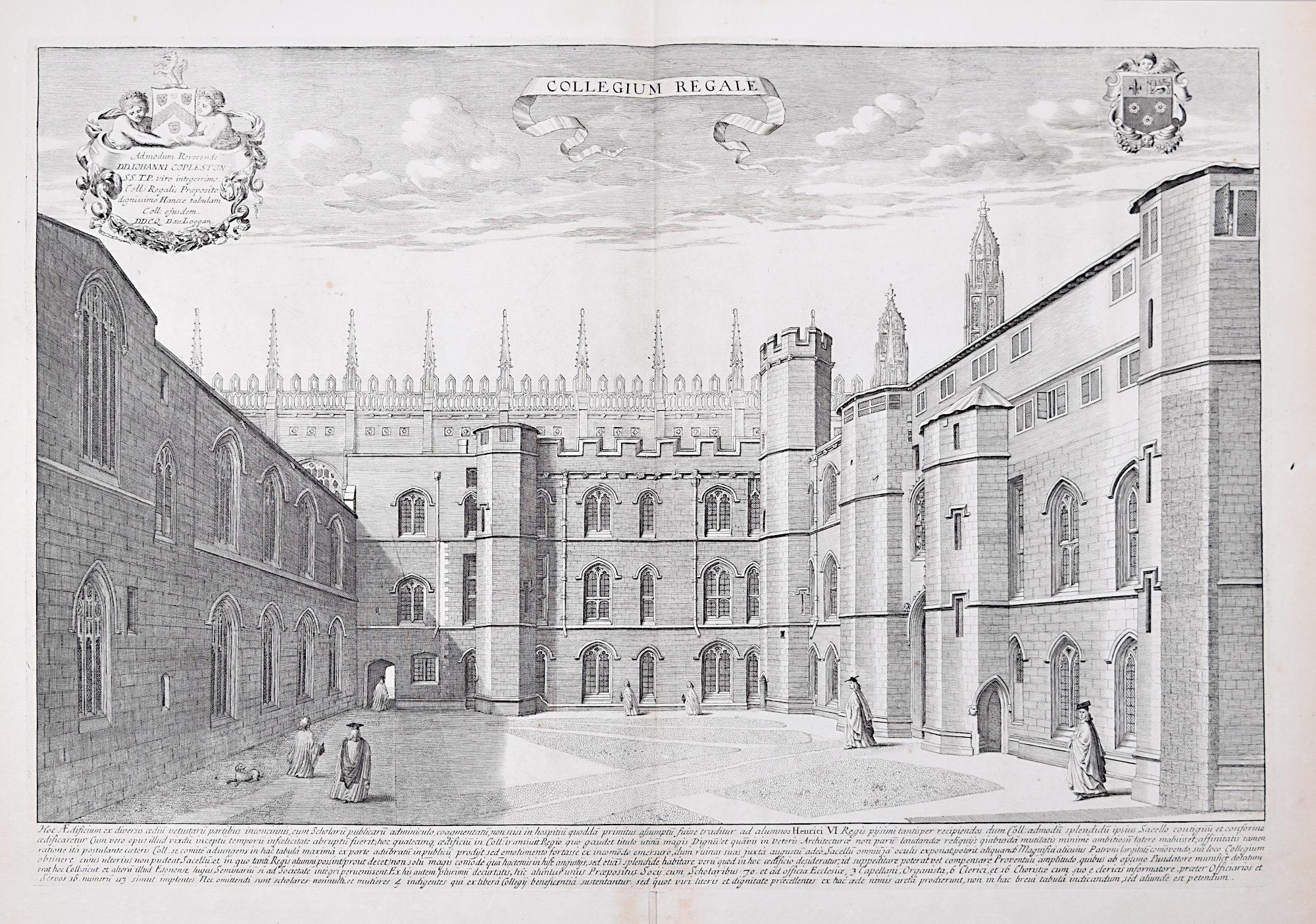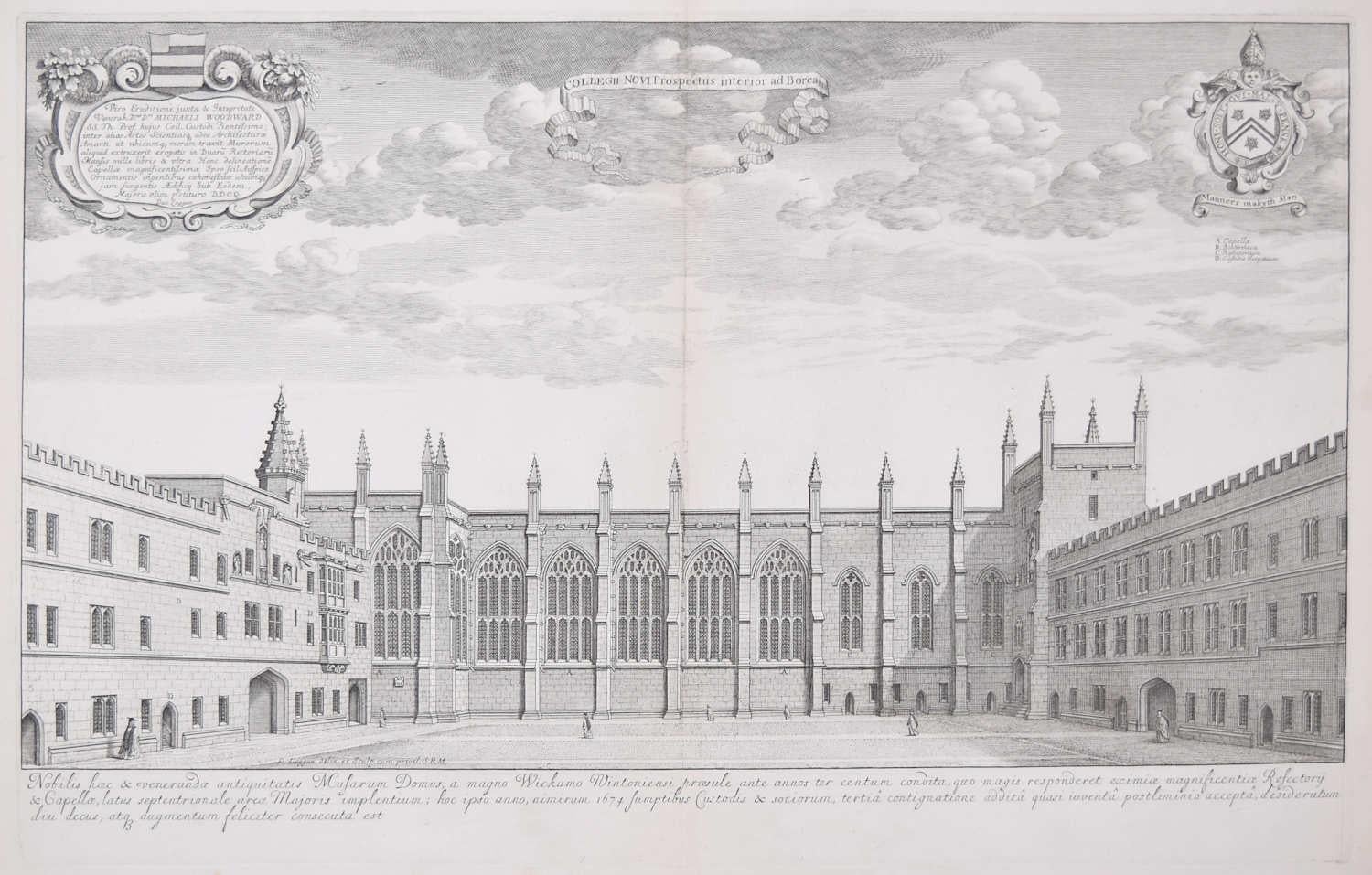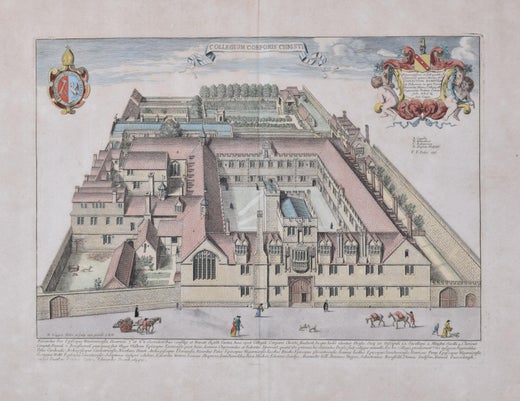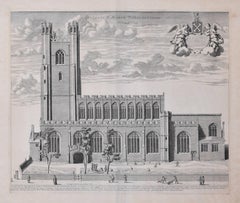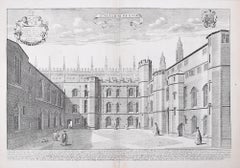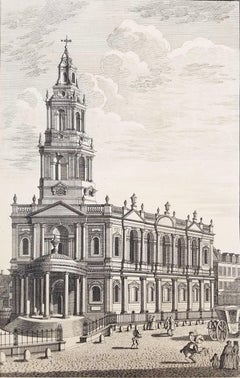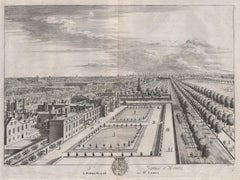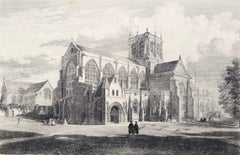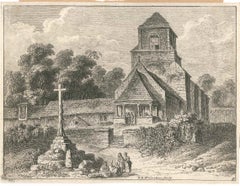David LogganDavid Loggan: Great St Mary's Church Cambridge University engraving 16901690
1690
About the Item
- Creator:David Loggan (1634 - 1692, British)
- Creation Year:1690
- Dimensions:Height: 13.78 in (35 cm)Width: 19.69 in (50 cm)
- Medium:
- Movement & Style:
- Period:1690-1699
- Condition:Has been cleaned; scholarly observations in ink; crease in paper lower left before printing. Usual handling wear and marks to edges.
- Gallery Location:London, GB
- Reference Number:1stDibs: LU79535362872
David Loggan
David Loggan’s parents were English and Scottish. He studied engraving in Danzig with Willem Hondius and moved to London in the late 1650s, producing the engraved title page for the folio Book of Common Prayer (1662). After marrying in 1663, Loggan moved to Nuffield, Oxfordshire, in 1665 to avoid the Plague and was in 1668–69 appointed as a public sculptor to the nearby University of Oxford, having been commissioned to produce bird’s-eye views of all the Oxford Colleges. He lived in Holywell Street as he did this. Oxonia illustrata was published in 1675, with the help of Robert White. Following its completion, Loggan commenced work on his equivalent work for Cambridge, Cantabrigia Illustrata, which was finally published in 1690 when he was made engraver at Cambridge University.
- ShippingRetrieving quote...Shipping from: London, United Kingdom
- Return Policy
More From This Seller
View All1670s Realist Landscape Prints
Engraving
1670s Realist Prints and Multiples
Engraving
1690s Realist Landscape Prints
Engraving
1690s Realist Prints and Multiples
Engraving
17th Century Prints and Multiples
Engraving, Etching
1670s Realist Prints and Multiples
Engraving
You May Also Like
1750s Old Masters Landscape Prints
Engraving, Laid Paper, Intaglio, Etching
18th Century Naturalistic Landscape Prints
Engraving
1860s Victorian Landscape Prints
Engraving
Mid-18th Century Modern Figurative Prints
Etching
19th Century Naturalistic Landscape Prints
Engraving
1720s Old Masters Landscape Prints
Laid Paper, Engraving, Etching, Intaglio
